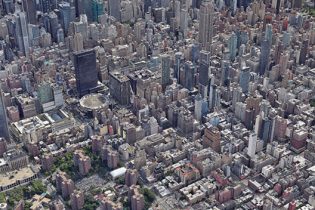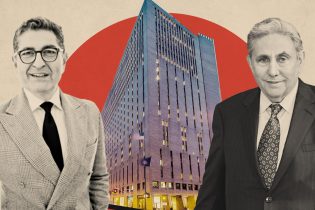NYC’s Office to Residential Conversion Moment
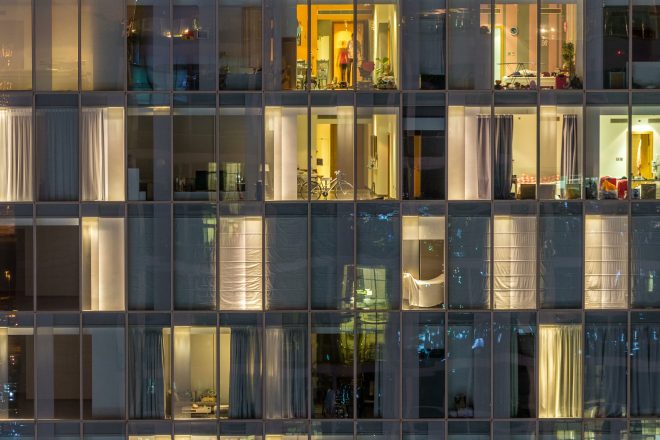
The Covid-19 pandemic has changed NYC in so many ways–both temporary and permanent, small and profound–that it can be difficult to comprehend. New Yorkers can see it and feel it, and these changes are causing lasting ramifications that continue to impact our day to day lives. One of the most drastic changes caused by the coronavirus has been in how we work.
During the pandemic, workplaces closed their doors and employees stayed in their homes, hunched over laptops and communicating through technologies like the now ubiquitous Zoom. Slack messages replaced water cooler chatter, and virtual happy hours stepped into the space once occupied by power lunches and company dinners.
As Covid deaths declined and Americans began to once again venture outside their quarantine bubbles, they nonetheless continued to work from home. Remote and hybrid work now appears here to stay. Offices, once the vital ecosystem that enabled companies to grow, began to seem optional if not obsolete.
Now, many office spaces in the heart of Manhattan remain empty. New York offices remain at only 47% of their pre-Covid occupancy, and hybrid work means that on some days, as little as 26% is occupied. NYC is in constant need of more housing, raising the question: can these unused offices be converted to residential buildings?
NYC’s Office to Residential Conversion Plans
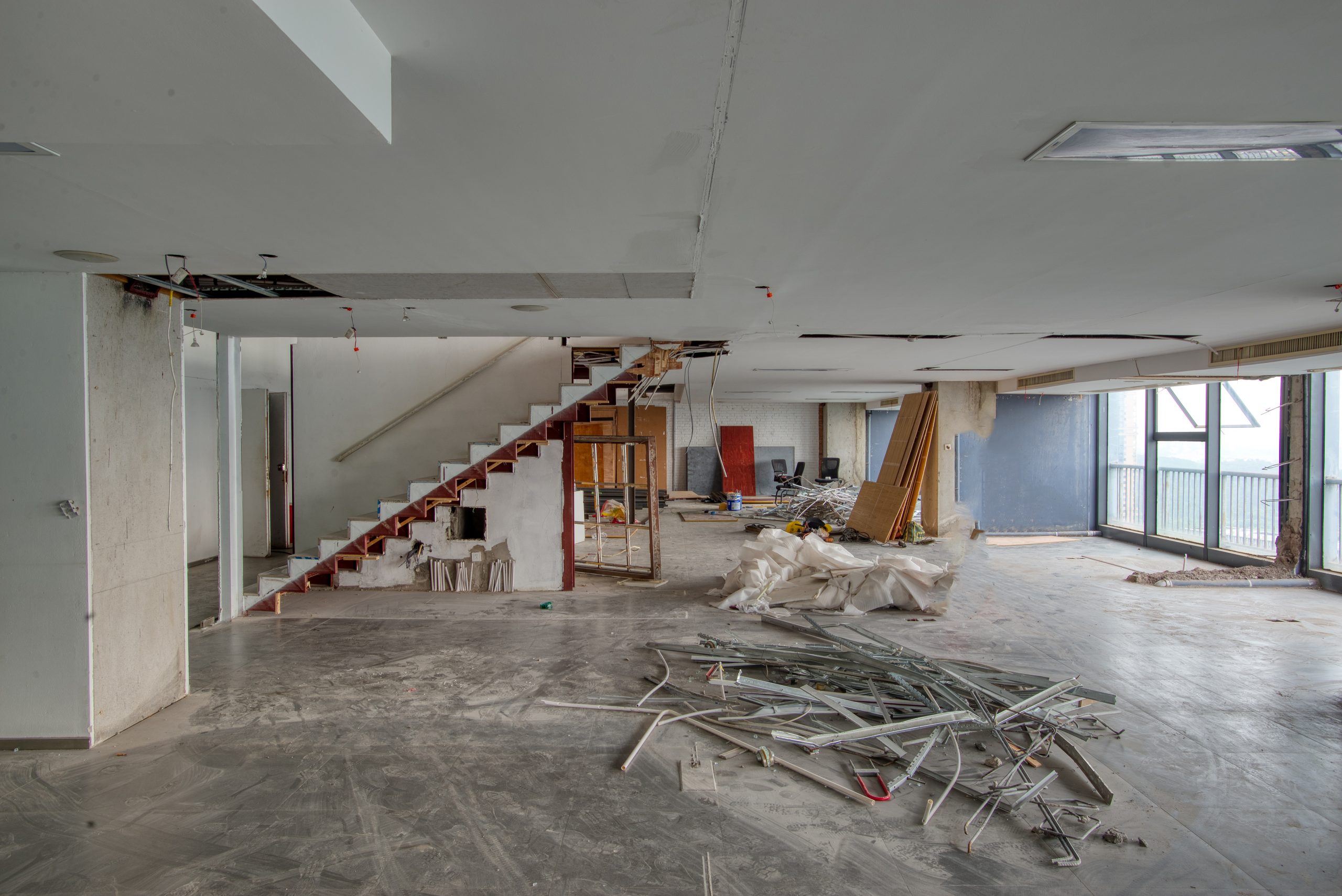
Recently, Mayor Eric Adams announced a plan to convert empty office space to residences. The Office Adaptive Reuse Task Force was formed to evaluate the potential of these buildings, and in January, the mayor revealed their recommendations. If all goes according to plan, this could result in up to 20,000 new homes built over the next 10 years.
Expanding the Pool of Convertible Offices
One of the first steps in making the Mayor’s plan a reality is to expand the number of eligible buildings. Originally, the pool of buildings considered for conversion only included those built up through 1961. However, the task force recommends that this pool be expanded to include newer buildings–including ones built up to 1990. This opens up 120 million more square feet of convertible space in NYC.
Another way to increase the convertible space is by changing the regulations to include more districts, such as high intensity office districts like the Bronx Hub and Downtown Flushing. Regulations can also be changed to allow residential development in currently prohibited areas of Midtown.
All told, the task force estimates that these expansions could open up 136 million square feet of office space for residential conversion. Add this to the 200 million square feet of already convertible office space in the city, and you have 336 million square feet of potential new housing.
Expanding the Types of Housing Offered
Additionally, the task force recommends that office spaces be converted into various types of residential housing. Some of these offices could be turned into supportive housing–a type of affordable housing for the homeless and home insecure. This supportive housing can come in several forms, including congregate housing (an apartment building that often includes a mix of mostly supportive housing units and some unsubsidized community housing) and scattered site housing (individual subsidized units scattered throughout the city).
Offering Developers Incentives for Residential Conversion
The task force also suggests that the city do away with incentives that push only partial conversion. Instead, developers should be encouraged to fully convert their office spaces to residential units.
Other helpful incentives include tax abatements for adding child care centers to existing office spaces under Mayor Adams’ Accessible, Equitable,High-quality, Affordable: A Blueprint for Child Care & Early Childhood Education in New York City plan. The task force further recommends that the city look into establishing a tax incentive program to boost office to affordable housing conversion.
Will Developers Follow Adams’ Plan?

Ultimately, the success of these recommendations depend on two major factors: the cooperation of the city government and of New York City’s real estate developers. If Albany and the New York City Council are able to pass the necessary zoning and regulatory changes, will NYC developers come along for the ride?
There are several issues developers cite when considering office redevelopment. Some believe the cost is not worth it, since offices need to be completely retrofitted to meet occupancy standards. Their existing layouts can make it difficult to provide every unit with the required heating, plumbing, and windows. Layout issues are particularly a problem with Midtown office buildings, which tend to be newer than their FiDi counterparts.
Another issue is financing. Redevelopment can be expensive, and current landlords may be hesitant to sell, still hoping that offices will fill back up again in the coming years. Many developers want to see prices on office buildings fall even lower before embarking on office to residential conversion.
While some developers feel that markets make it unprofitable or inconvenient to convert, others are stepping up to the challenge. Here are some of the exciting conversions that have already been built, or that have been recently announced.
One Wall Street: Downtown Offices turned Art Deco Residences
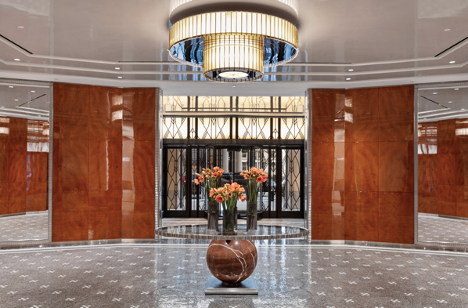
Macklowe Properties has been one of the first developers to wade into office to residential conversion in NYC with One Wall Street, a beautiful, 654 feet tall Art Deco office building in the Financial District. Acquired by the developer well before the pandemic (2014), One Wall Street was built in 1931 and designed by architect Ralph Walker.
Now in 2023, construction has been completed, and One Wall Street has been transformed into a luxury condominium with state of the art amenities and perks. However, the Art Deco spirit is still integral, having been woven into the renovation designs to stunning effect. Residences feel contemporary and classic, and every detail has been carefully considered, from the meticulously sourced materials to the expertly curated amenities.
As the largest NYC office to residential conversion to date, One Wall Street may serve as an interesting case study in the success of these types of developments. With listings just now going to market, it will be interesting to see how the building’s 566 units–which range from a $1 million dollar studio to an $80 million dollar penthouse–sell.
One Wall Street’s Residences
The residences at One Wall Street stretch across 56 stories. They are filled with light and high quality materials, including imported Calacatta marble and travertine stone. Selected units have private outdoor space, and every unit is outfitted with state of the art appliances.
One Wall Street Amenities

Known as the One Club, the amenities at One Wall Street include a 39th floor outdoor lounge with fabulous views of the city, an indoor pool, a wellness and fitness center, and a variety of work and lounge spaces where you can collaborate, relax, and socialize. Take a look at the rest of the offerings here.
One Wall Street Listings
Planned Office to Residential Conversions
Some upcoming office to residential conversions have been announced. Here are the buildings to keep an eye on in the coming years.
55 Broad Street
55 Broad Street is currently an empty office building, but it will not be for long. Silverstein Properties and Metro Loft are planning to convert the 30-story, 1961 building into new housing within the next several years. The apartments will range from studios to three bedrooms, and will likely be offered at market rate.
25 Water Street
Also spearheaded by Metro Loft (a leader in office to residential conversions), 25 Water Street is set to be the biggest conversion to date with an estimated 1,200 units at completion. Originally built in 1969, this Financial District behemoth will be redeveloped based on designs by architect CetraRuddy and will continue units ranging from studios to four bedrooms.
Planned amenities include a spa and fitness center, including an indoor basketball court and sauna, an indoor pool, and an outdoor pool. Entertainment and social amenities include lounges, coworking space, landscaped outdoor areas on the rooftop and terrace, and more.
Other Types of Residential Conversions in New York
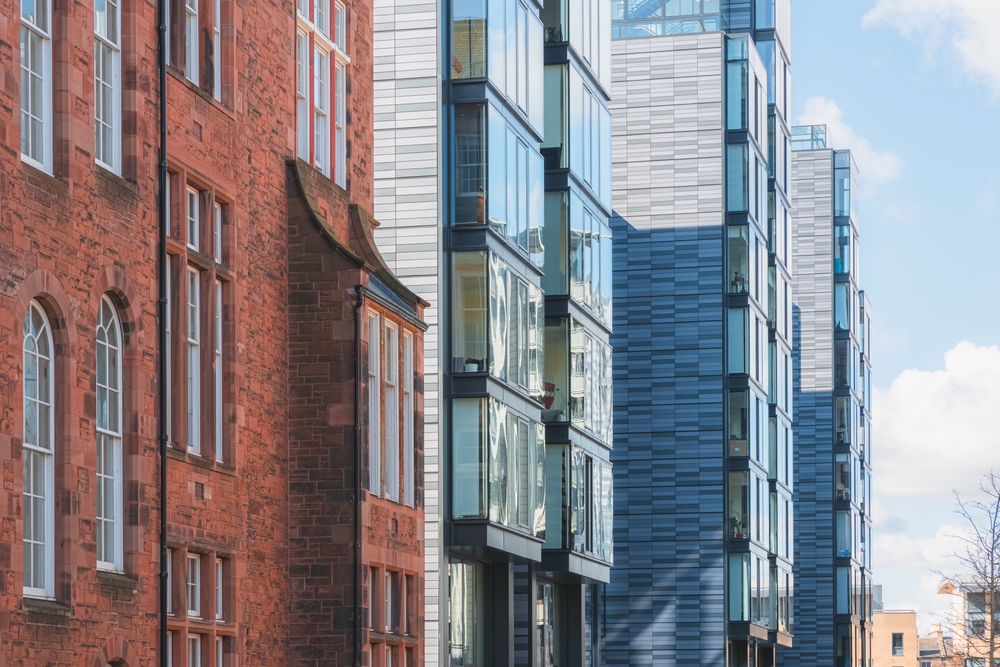
In addition to office to residential conversion, Albany has its eyes set on revitalizing underused hotel space. The Housing Our Neighbors with Dignity Act, or HONDA, was signed into law by Governor Hochul last year. Since hotels are already suitable for occupancy, this is an even easier conversion than office conversion.
Under HONDA, the state will finance the conversion of hotels into supportive housing as well as low and moderate income housing. Previously, there was $100 million dollars allocated specifically for this purpose, but it was tied up in red tape. HONDA lowers the paperwork threshold, making it more appealing for savvy developers.
Stay Up to Date on Residential Conversion News
The future of residential conversion in NYC is murky–clouded by everything from shifting real estate markets to government bureaucracy. However, the potential of unused New York office space is too exciting to ignore. Here at NewDevRev, we will continue reporting on the residential conversions like 1 Wall Street and 55 Broad Street, as well as all of the new developments to come. Keep reading NewDevRev to stay in the know.
- Categories:
